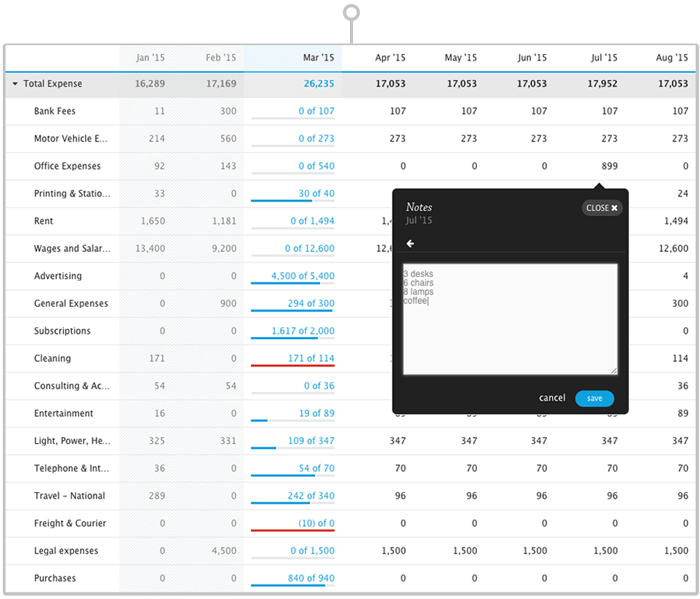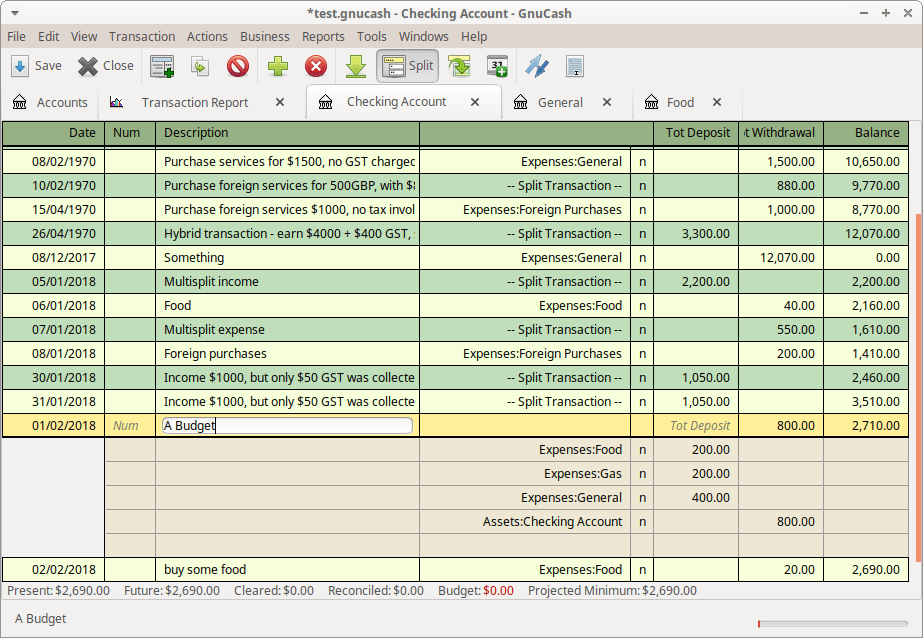

- #Best budgeting software for pc tv
- #Best budgeting software for pc download
- #Best budgeting software for pc free
Opening a separate savings account or pot for each category will help you better track your spending.
Open a separate savings account for each budget category: There are three main budget categories - needs, wants and savings. For example, if you save 10% this month, you can try 11% next month, 12% the following month and so on. A rule of thumb is to start small, then increase your savings goals each month. 
There's no point in planning to save 70% of your income next month if you've never saved up 20% before.
Set SMART goals: Set SMART (Specific, Measurable, Achievable, Realistic, and Timely) goals and plan for each month of the year. Read our Investing for Beginners guide to learn more about investing and financial planning for your future. Whatever your goals, without adequate planning, you might struggle to achieve them.Īllocate the remaining 10% of your net income to saving towards your long-term goals and overpaying your debts (if you think it's necessary to do so). For others, it could be buying a home or getting married. For some, it could be living comfortably in retirement. The second category under Savings and Debt is long-term goals. Read more about building an emergency fund here. You can start by allocating 10% of your net income to your emergency fund. This would serve as a buffer preventing you from making poor financial decisions in a time of crisis. Your emergency fund should be equal to at least three month's living expenses. If there's anything we've learnt from the Coronavirus pandemic, it is that emergencies happen, and it pays to be prepared.Īt Koody, we strongly recommend building an emergency fund to cater to unforeseen financial shocks like a job loss, major health issue or massive car repair. Long-term goals, e.g., retirement, wedding or house deposit. There are two critical future events to plan for: This category is all about planning for the future. And, depending on your personal circumstance, 30% might even be too much. Allocating 30% of your net income to your wants is just about reasonable. 
Since our wants make life more enjoyable, it's important to spend money on them. Using the 50-30-20 budget rule, allocate 30% of your income to your wants. These are the extra things you spend money on that make life more enjoyable, such as: Using the 50-30-20 budget rule, allocate 50% of your income to your needs. Anything above the minimum should go into the savings and extra debt category.
#Best budgeting software for pc tv
Utilities - energy, water, broadband, phone bill and TV licence. These are things you cannot do without - your absolute necessities, such as: The three main budget categories are needs, wants and savings. #Best budgeting software for pc free
Additionally, many banks now offer a spending tracking and categorisation feature on current accounts free of charge.
#Best budgeting software for pc download
Most of these budgeting apps are entirely free to download and use.

There are situations where you need to be a bit flexible with the rule, and it makes perfect sense to adjust the ratios to suit your needs.įor instance, if you are struggling with debt and can barely afford to meet your monthly repayment obligations, allocating 30% of your income to wants and 20% to savings and extra debt might not work for you.Ĭonsider your own financial situation before deciding on what budget rule to use.Ī budgeting app that tracks, categorises, and analyses your spending could help you better understand how much to allocate to wants, needs and savings. The 50-30-20 budget rule helps you categorise your spending and make long term plans for savings and investing, but it does not work in every circumstance. Input your net monthly income (after tax and national insurance contributions).








 0 kommentar(er)
0 kommentar(er)
